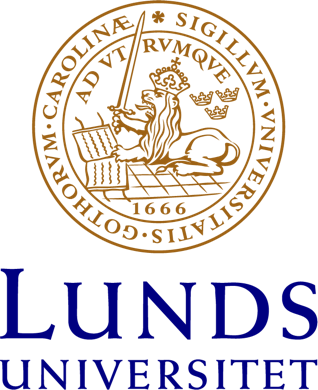Activity of lactoperoxidase when adsorbed on protein layers
Lactoperoxidase (LPO) is an enzyme, which is used as an antimicrobial agent in a number of applications, e.g., food technology. In the majority of applications LPO is added to a homogeneous product phase or immobilised on product surface. In the latter case, however, the measurements of LPO activity are seldom reported. In this paperwe have assessed LPO enzymatic activity on bare and protein modif
